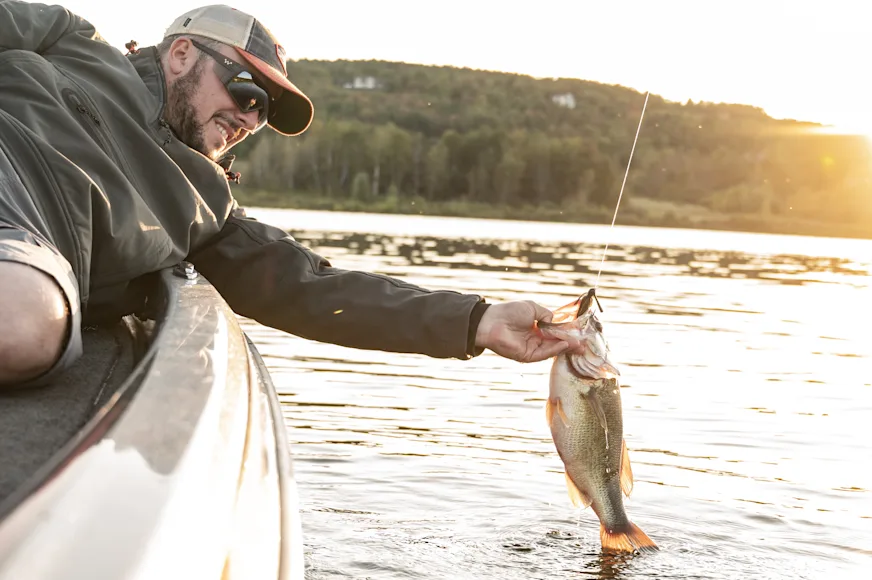The spawn is the most exciting time of year to target big bass. As water temperatures warm, largemouth, spotted, and smallmouth bass become more active and move into shallow water to start bedding. And while much of the country is still covered in snow and ice, some of the southernmost regions of the lower 48 are already well into the spawning process. It’s only a matter of time before the bass on your local lake start spawning, too.
So, when is the best time to fish the spawn? Generally speaking, the spawn can start as early as January in places like southern Florida and south Texas. But the further north you go, the later the spawn occurs. It is a gradual process that doesn’t happen at the flip of a switch. Depending on the time of year and location, bass will be in different phases of spawn. This makes pinning down the best days to fish difficult.
Instead, anglers should focus on specific windows of time throughout the spring to maximize their chances of landing a lunker. To help narrow down the best stretches of the spawn, we divided the country into six regions from south to north and asked experts in each area to divulge details on when bass will be in each of the five different phases of the spawn.
Below is a breakdown of each phase and how bass behave during these stages. Then our group of spawn reporters give their recommended days to be on the water—broken down by region and phase. In the coming months, starting with the early pre-spawn, we’ll publish in-depth how-to articles about each of the five specific phases of the spawn. For now, find your region, open your calendars, and start planning a fishing trip—or two.
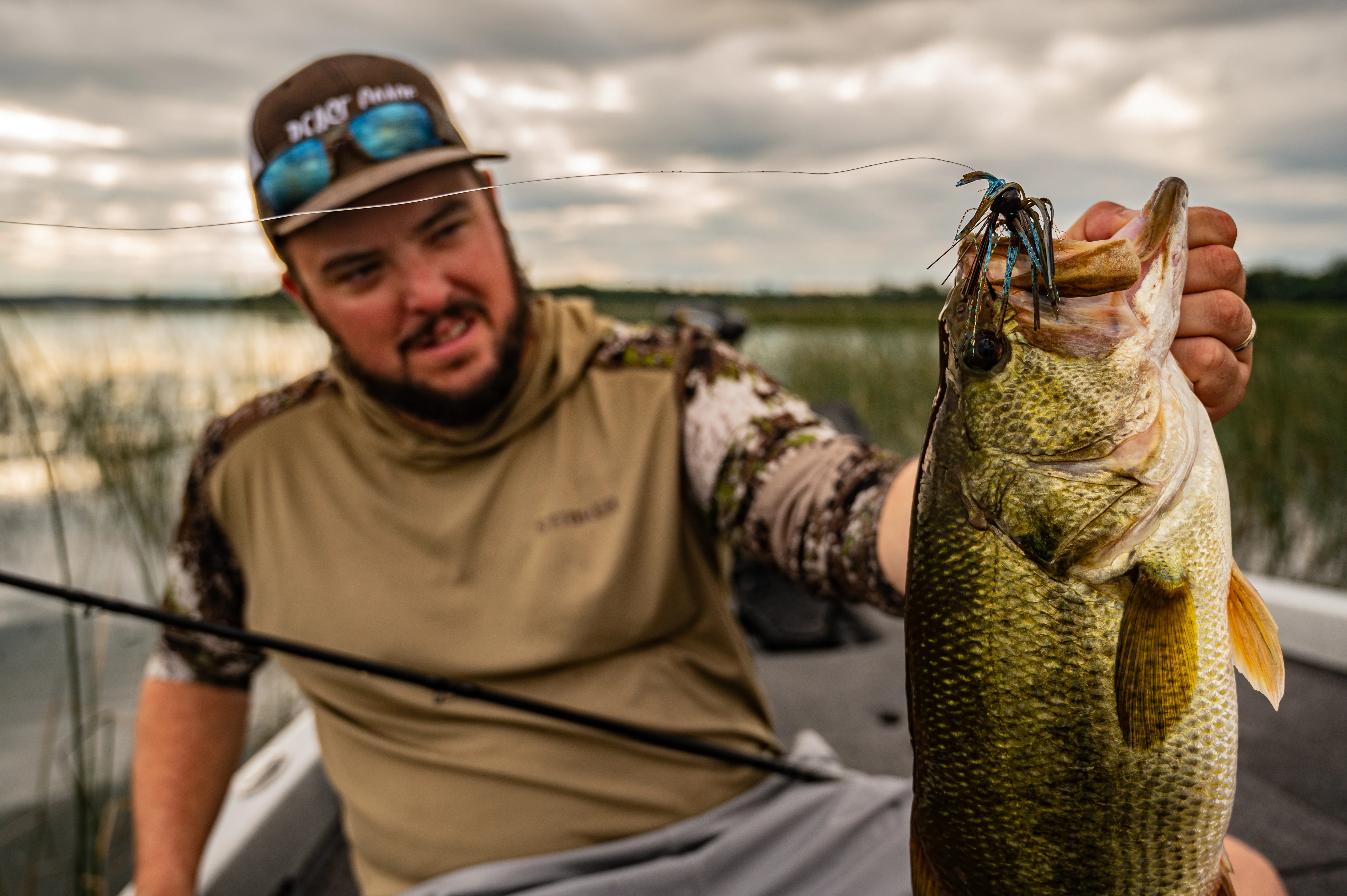
Phases of the Spawn
Typically, when anglers refer to the spawn, they’re referencing the time of year when bass move in shallow to make a bed, lay their eggs, and fertilize them. This is also one of the best times to land a personal best bucketmouth or bronzeback. But the entire spawning process is much longer than the short period when bass are actually tending to their beds.
To help you better target the spawn, we broke down the process into five different phases: the early pre-spawn, pre-spawn, spawn, post-spawn, and late post-spawn. The timing of these phases will vary depending on a number of factors. However, water temperature is one of the main driving forces of the spawn, meaning that the spawn generally happens in the south first and later in the spring and into early summer as you go further north. Regardless of timing, here’s what you can expect during each phase of the spawn.

Early Pre-Spawn
This is when bass just come out of their wintertime routine of chasing bait in deeper water. During this phase, bass start moving towards spawning areas, but will stage in deeper water near where they’ll inevitably bed. Throughout this period of the spawn, bass will feed heavily and gradually move shallower, ending up just outside the spawning grounds.
Pre-Spawn
The pre-spawn is the tight window of time when the fish have left their staging areas, but aren’t quite ready to settle in on a bed. This is when you’ll see a lot of big fish in shallow. Some will still be bulking up on bait while others are cruising around looking for a mate and a spot to make their bed, typically near cover.
Spawn
During the spawn, bass are actively in the process of making beds, depositing eggs and waiting out the hatch of bass fry. This is when largemouth can be a little picky and reluctant to bite. On the other hand, smallmouth can be extremely aggressive and easy to catch during this phase. And, since the bass are locked down on their beds or at least hanging close by, you can often pester even the reluctant ones to bite by either sight fishing for them or blind pitching to isolated cover where they’re likely spawning.

Post-Spawn
The post-spawn occurs as soon as the bass leave their beds—and a lot happens during this window. For starters, male bass will be guarding their fry, making sure the mama bass and other predators stay away. This is also when bait begin to spawn and insects start to hatch, grouping up post-spawn bass. Bait spawns and insect hatches usually occur shallow, in, or near the same areas where the bass are coming off the beds. This allows bass that are beat up from the spawn to gorge themself on thousands of shad, herring, mayflies, and other easy prey.
Late Post-Spawn
The late post-spawn is when a large portion of the bass population starts to move offshore. As this happens, some fish collect in shallow brush, some slide down the face of a bluff, and others swim hundreds of yards to the nearest drop-off or ledge. The goal for bass is to find deeper, cooler water to recuperate and locate more prey—much of which will simultaneously make the same transition.
Meet the Spawn Reporters
When’s the best time to fish the spawn? To help answer that question we selected a wide range of experts, from veteran tournament anglers with Bassmaster Classic championships and Forrest Wood Cups to local legends who use YouTube and other social platforms to showcase their expertise. We assigned an angler to each region of the country (see map below) based on their location and expertise. Then we asked them for their ideal date ranges to target bass in all five phases of the spawn. So, without further ado, meet your spawn reporters.

Region 1: Scott Martin
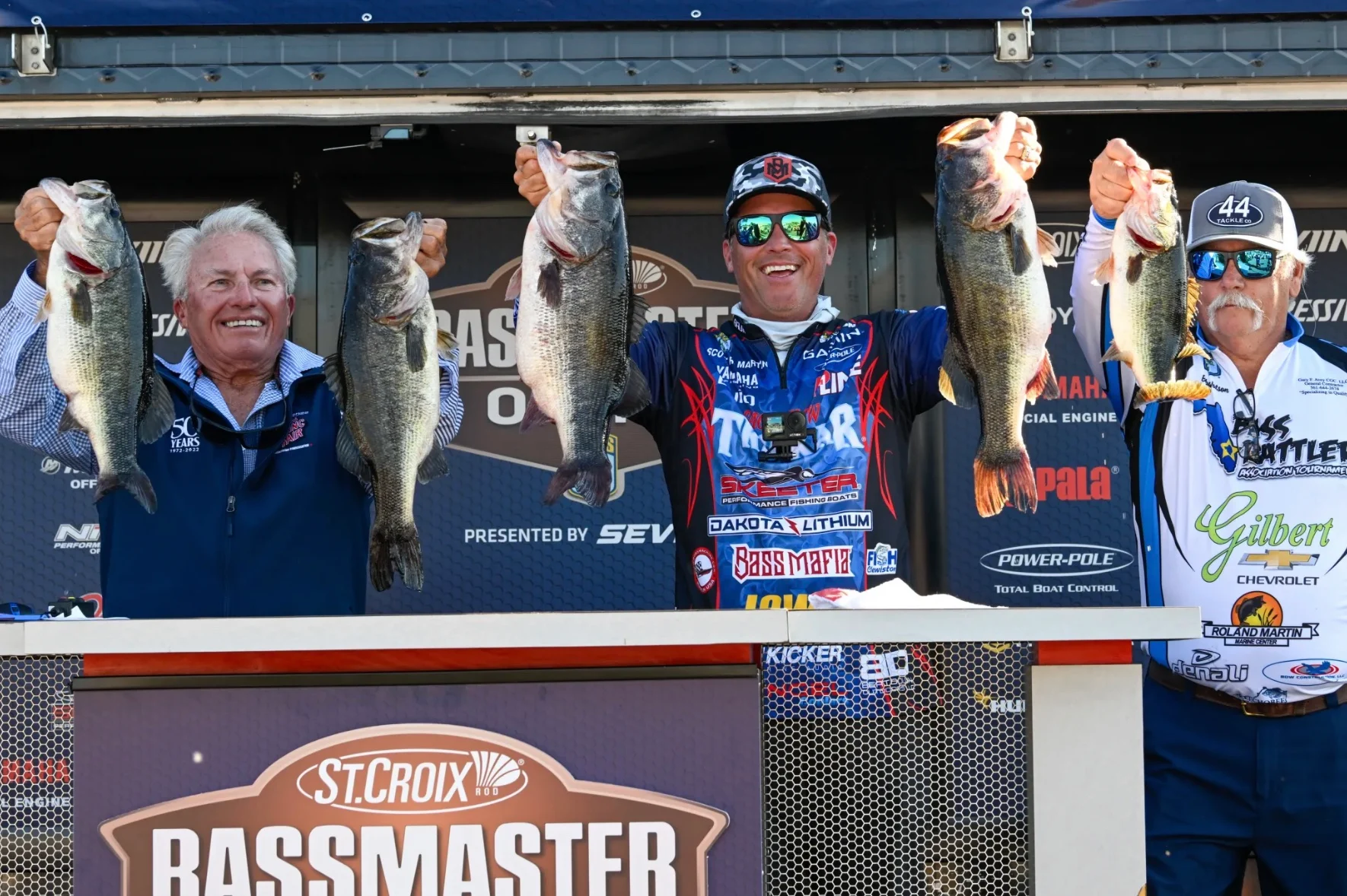
Scott Martin has achieved eight tour-level wins, including a Forrest Wood Cup title in 2011—one of the top four honors in the sport of bass fishing at the time. In his 22 years as a touring pro, he’s amassed over $3.5 million in career earnings fishing all over the country. But he’ll be the first to tell you, there’s no place like home, where he continues to hone his craft on Lake Okeechobee. We went to Martin to give us an idea of when to fish the spawn in Florida, as well as the other southernmost reaches of the country.
Early Pre-Spawn: December 1 to January 1
Pre-Spawn: January 1 to February 1
Spawn: February 1 to March 1
Post-Spawn: March 7 to April 7
Late Post-Spawn: April 21 to May 21
“Florida has a longer pre-spawn, a longer spawn, and a longer post-spawn. If you go to New York, for example, the whole process can be three weeks long. It’s not that way in Florida; the spawn just lingers and lingers. Although, southern Florida does not follow the normal rules of spawn. For example, Lake Okeechobee (which is most of southern Florida) has the longest spawn in the country. The first of December is when they’ll start to trickle in and then they’re spawning into June. It’s like a four-and-a-half-month spawn. Whereas north Florida is more of a traditional deal.”
Region 2: Scott Canterbury
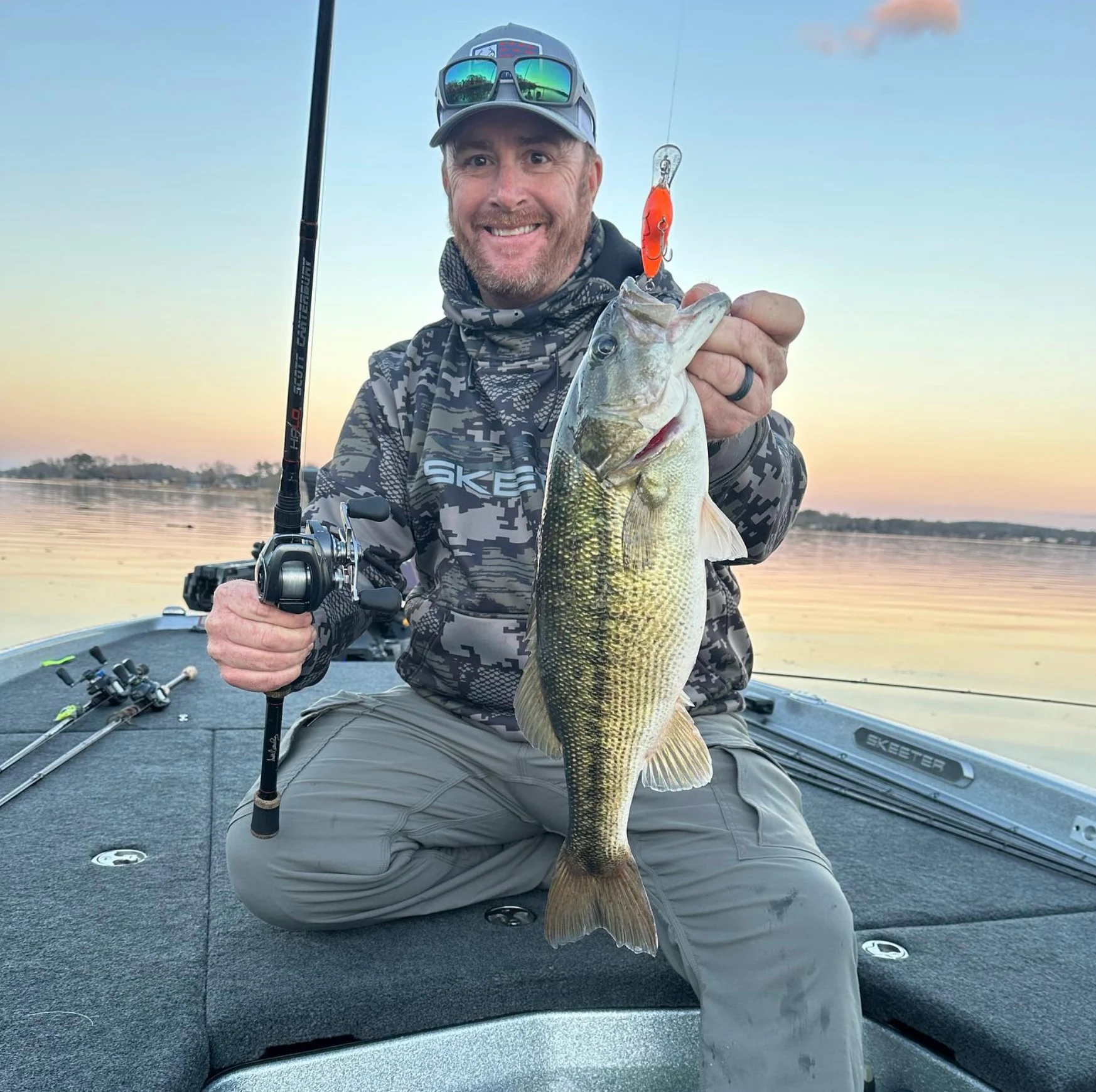
Scott Canterbury hails from Alabama and has been professionally fishing for 14 years, with over $2 million in career earnings when you factor in the money he won around the house before moving up to the national scene. His home waters are diverse fisheries with largemouth and spotted bass galore and smallmouth just a couple hours to the north. In the middle of a diverse stretch of waters with the three main species of black bass to target, Canterbury offers tips, tactics, and suggestions for spawn timing from South Carolina through Texas all the way out to California.
Early Pre-Spawn: February 15 to February 28
Pre-Spawn: March 1 to March 15
Spawn: March 21 to April 7
Post-Spawn: April 14 to April 30
Late Post-Spawn: May 15 to May 30
“The timing of the spawn varies each year depending on water temperature. When the water starts to warm up into the mid-50s here in Alabama (late February/early March), bass start heading towards the bank. Fishing is really exciting this time of year. I love getting out in February when fish are starting to get out of their winter patterns. From mid-February through the first week of June, you’ll get to experience the early pre-spawn stages all the way through the post-spawn.”
Region 3: Carl Jocumsen
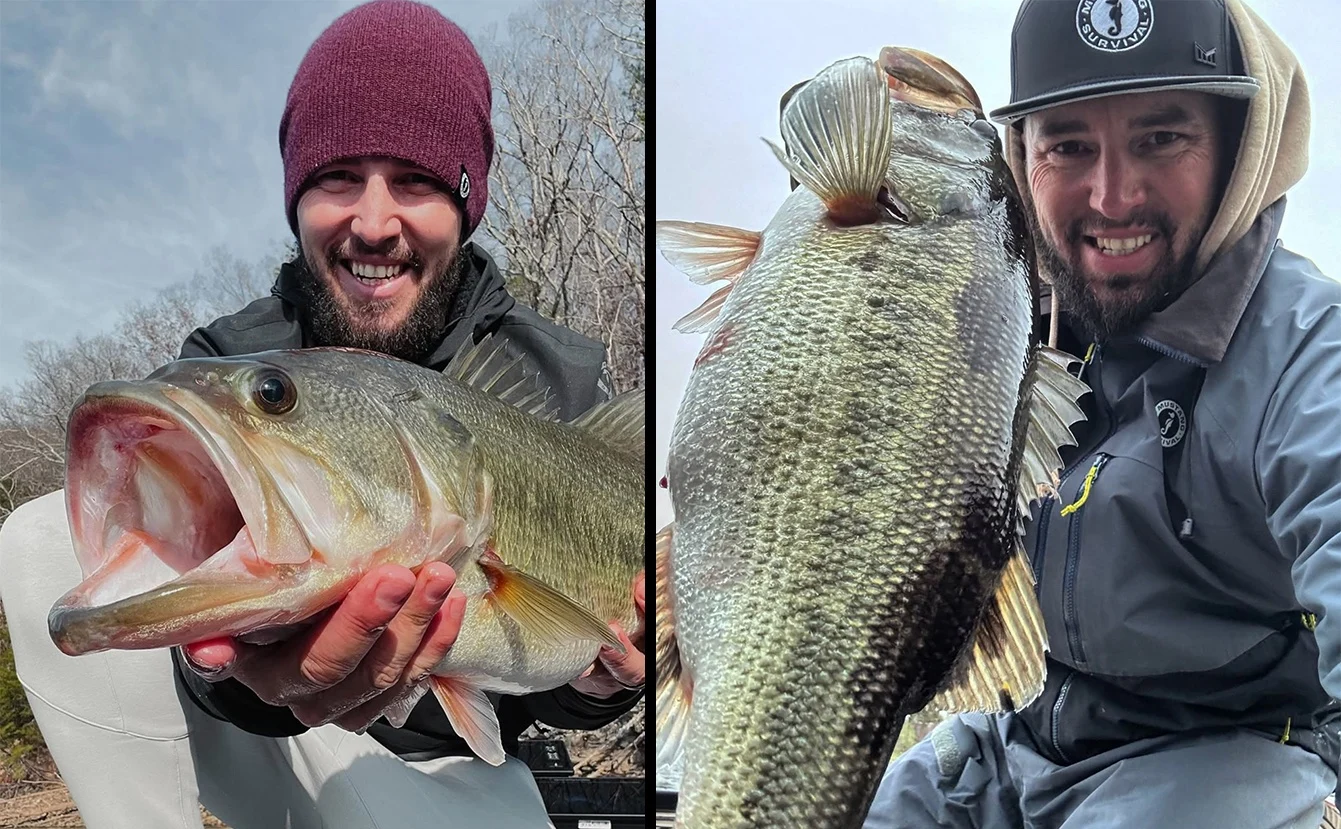
Born and raised in Toowoomba, QLD Australia, Carl Jocumsen moved halfway around the world in 2010 to pursue a career as a professional bass angler. He accomplished that goal by qualifying for the Bassmaster Elite Series and put an exclamation point on his pro status by winning an Elite Series event in 2019 on Lake Tenkiller in Cookson, Oklahoma. We chose Jocumsen for the inside scoop on the spawn from North Carolina to his now home state of Tennessee, as well as Oklahoma, where he won his title and all the way to the midsection of California.
Early Pre-Spawn: February 7 to February 21
Pre-Spawn: March 1 to March 15
Spawn: March 22 to April 7
Post-Spawn: April 16 to April 30
Late Post-Spawn: May 17 to June 1
“It will be a short window (mid-February) of when fish are deeper and then sliding in shallow. Then you’re going to have a big, long window (March and April) of being able to stay shallow while bass are bedding. Eventually, fish will start sliding deeper, and you can move back to deeper water. Every one of these stages is going to overlap. And usually, you’ll see that the biggest bass spawn first.”
Region 4: Bryan Schmitt
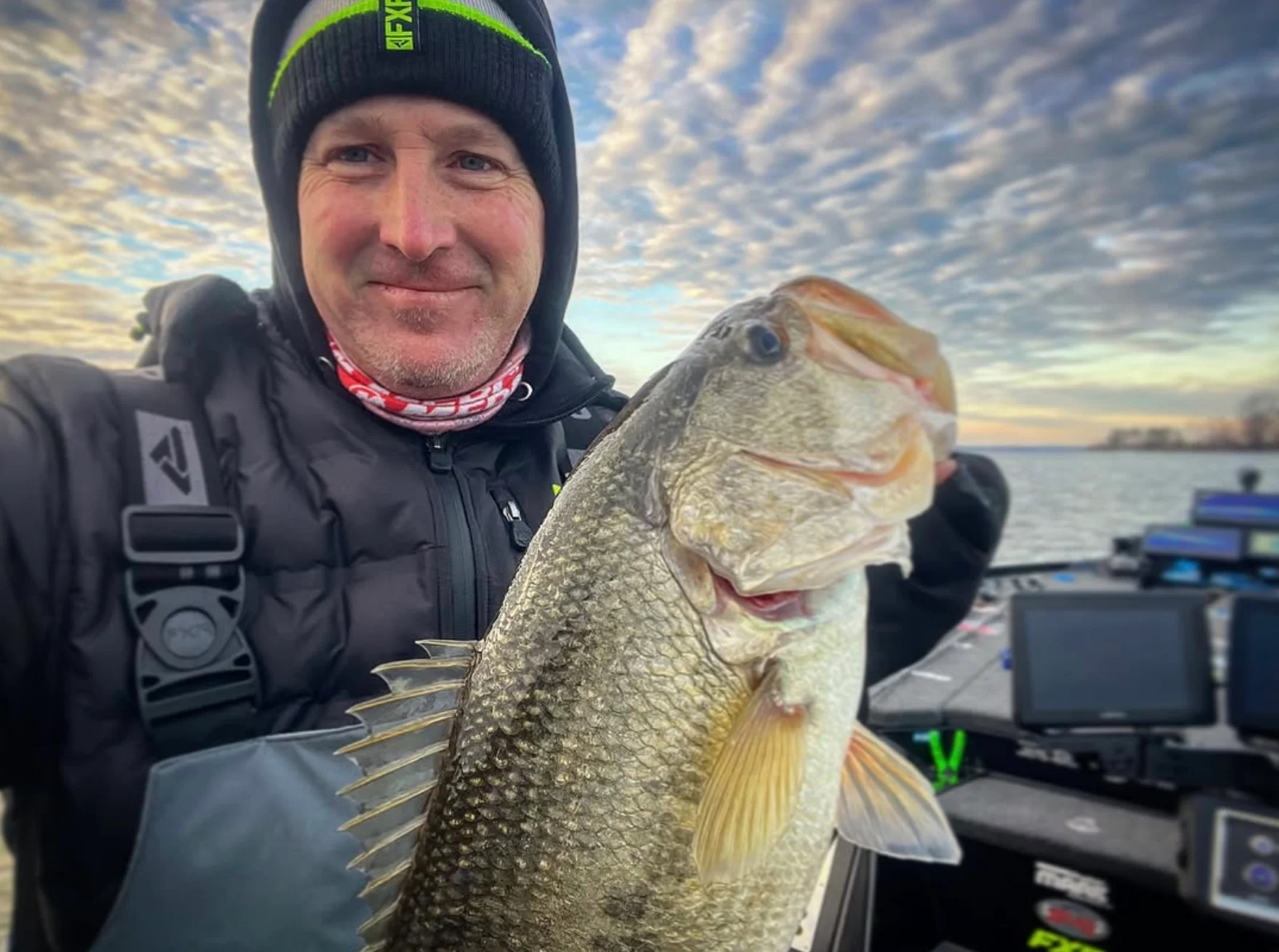
Most of our spawn reporters frequent land-locked lakes or rivers that flow in one direction. But the rivers around Schmitt flow backward twice a day. Schmitt has fished all over the country during his professional fishing career, but the tidal fisheries of the Chesapeake Bay and Potomac River set his take on the spawn apart from the rest. With bass needing to spawn shallow and water levels fluctuating multiple feet on these fisheries at times, fishing the spawn can be tricky. Schmitt will help us better understand this bite while telling us what to look for further west.
Early Pre-Spawn: March 15 to March 29
Pre-Spawn: April 1 to April 15
Spawn: April 21 to May 7
Post-Spawn: May 15 to May 31
Late Post-Spawn: June 15 to June 30
“Usually, we get a crazy warm spell in here in March, and the water temperature will pop up to 60 degrees, and then a killer cold front comes in, dropping the water 15 degrees overnight. Bass don’t do their spawning until it gets just right. And then they’re right into the grass. Sometime in April or May, they’ll start to spawn here. Wherever they show up first is where it will be good throughout the whole spring.”
Region 5: Ben Nowak
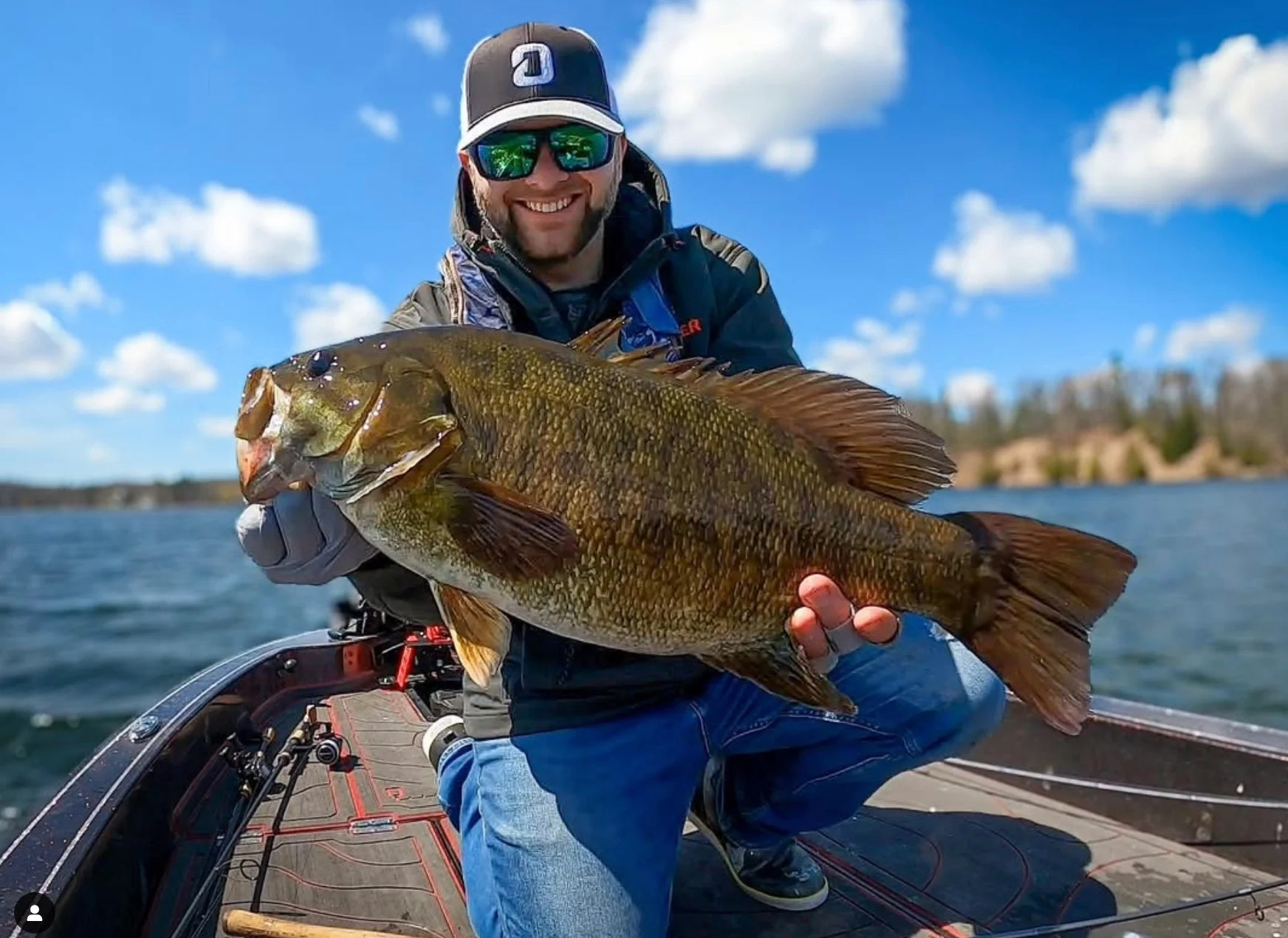
Ben Nowak of Midland, Michigan, first made the national radar when his YouTube videos of 30-pound bags of Great Lakes smallmouth hit the internet. One of the first anglers in the country to really understand and expose forward-facing sonar for the revolutionary tool that it is, Nowak can catch them with or without it—and we’re not just talking smallmouth. This spawn reporter is also well-versed in catching giant northern largemouth. We called on Nowak to key us in on the when, where, and how to fish the spawn starting in the midsection of the Northeast across the Midwest out to the Pacific Northwest.
Early Pre-Spawn: May 1 to May 15
Pre-Spawn: May 15 to May 30
Spawn: May 30 to June 15
Post-Spawn: June 1 to June 15
Late Post-Spawn: June 15 to June 30
“If you’re fishing a glacial body of water for smallmouth, like me, where it’s all open, you’re looking for those flatter bays where you might have more shallow water access or reed heads. For largemouth, it’s the backs of creeks or bays. A unique thing about smallmouth is that their beds are often either really dark or an emerald-green color. So, it’s a darker bed versus the largemouth, which are typically more white. It's an easy way to quickly differentiate the two on the water.”
Region 6: Jeff Gustafson
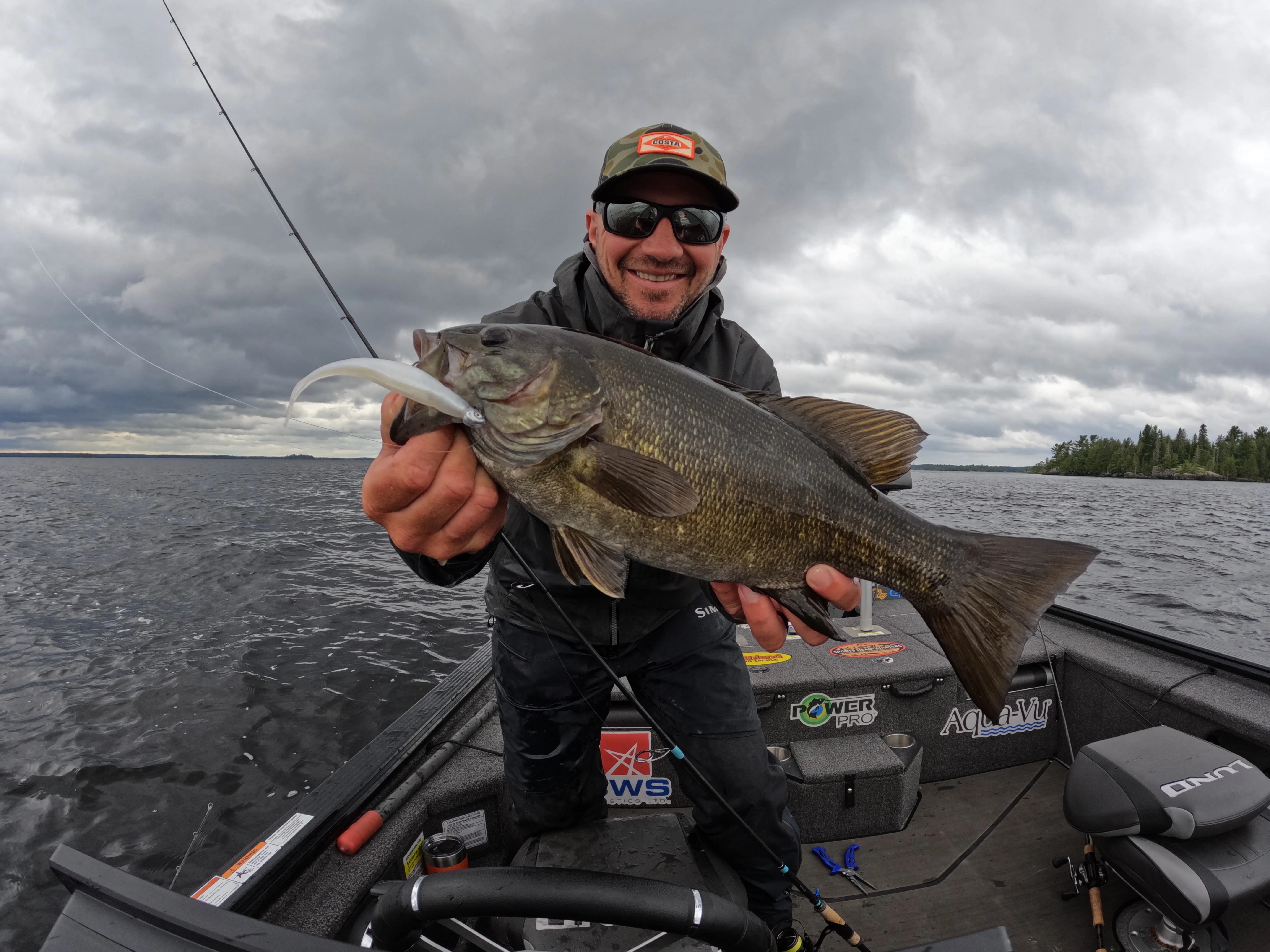
A native and current resident of Kenora, Ontario, Jeff Gustafson won the 2023 Bassmaster Classic in Tennessee. While based in Canada, he is well versed in fishing the States to report on the spawn, especially in the country's most northern region. Though “Gussy” can catch them from Okeechobee all the way to his backyard, he’s especially a threat on the Great Lakes and other northernmost fisheries. And he’ll help us break down what to expect while fishing the spawn towards the Canada border.
Early Pre-Spawn: May 1 to May 15
Pre-Spawn: May 20 to June 3
Spawn: June 1 to June 14
Post-Spawn: June 15 to June 30
Late Post-Spawn: July 1 to July 15
“The spawn is shorter up in the North versus the South. It is also not spread out as much. It could be late April through the first two weeks of July. I think the length of day plays a bigger factor, and it’s like clockwork a little bit more than in the South. The best places where you’re going to find the most fish are places that are protected from the wind. The bottom compositions are important, too. Bass love to make beds around pieces of cover, both largemouth and smallmouth.”
Learn to Fish Every Phase of the Spawn
Now that you have a general idea of the best times to fish the spawn, you can adjust your techniques for each stage. In the coming weeks, we will publish five how-to phase-specific stories. These articles will include in-depth tactics for targeting bass throughout the spawning process, one stage at a time. Plus, the spawn reporters will give region-specific tips for landing more and bigger bass in your home waters.

